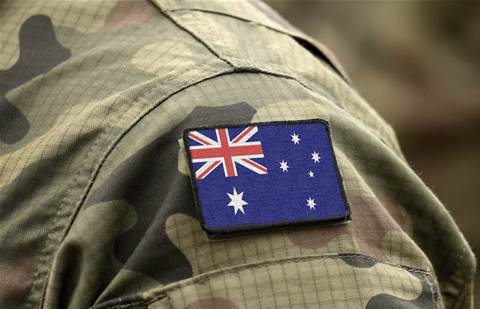The Department of Defence has been increasingly using data as a strategic asset and IT suppliers play a major role in achieving this goal.
Speaking at the Technology in Government (Tech in Gov) conference in Canberra, Defence chief data integration officer Maria Milosavljevic said the agency ensures to foster relationships with suppliers and partners to achieve its goals in data and analytics.
“To operate data at scale requires a lot of connectivity, relationships where there is clear accountability for data, shared responsibilities for maximising the value of data, broad data literacy to enable the entire organisation and perhaps most importantly, collaboration with suppliers and partners to achieve our goals,” she said.
Milosavljevic detailed Defence’s four priorities around managing and using data, namely building customer relationships, ensuring the authorising environment is properly established, ensuring that its data division has the right capabilities and the delivery of foundational data strategy initiatives and other services to demonstrate the value of data.
“[The division was created] so that we can help [customers] to be more successful without tightness, those inside and outside the organisation to ensure that the division is well connected at a government and global level and with our suppliers,” she added.
Defence last year established a data management division to ensure the appropriate oversight and transparency is provided, as well as oversee the establishment of a new data analytics board for Defence and creating and authorising our capability program strategy for enterprise business systems.
“[The division] is brand new and it’s very small and so we’re rapidly growing, and [we want to] ensure that it is structured and resourced properly and some of that structure will come out later,” Milosavljevic said.
“We currently have the people we need to find, create and deliver the core data analytics services and projects we need, as well as for our capability program to work. I've also been defining and implementing an operating model that is still a work in progress, and this is required to make sure we’re functioning well to support Defence if we need to.”
Milosavljevic said her role as CDIO focuses on transforming Defence and its stakeholders, and collaborating to improve the use of data policy making, decision making, service design, implementation, performance management, as well as warfighters.
“The chief data integration officer role is very, very broad and complex where people have to wear many hats and also need to succeed in all of these hats for the function to actually work. Some of these hats are actually opposites of each other, so it’s important that a CDIO can balance priorities,” she said. The varying ‘hats’ include becoming a visionary, being an enabler, being a regulator, being an innovator and being an engineer.





_(11).jpg&h=142&w=230&c=1&s=1)






.jpg&w=100&c=1&s=0)
_(8).jpg&w=100&c=1&s=0)









